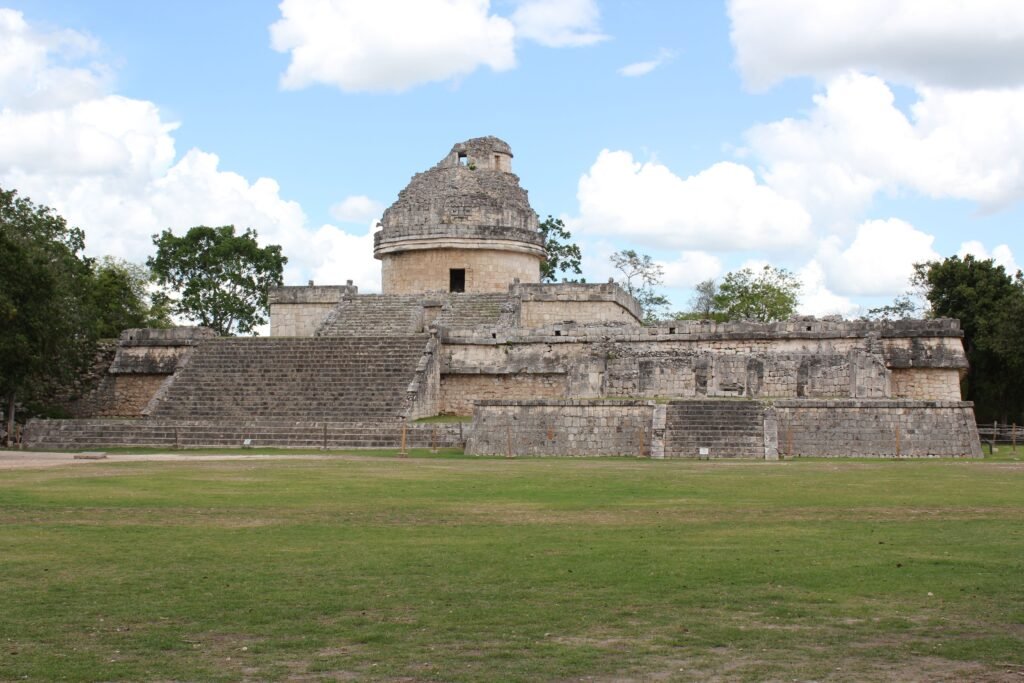The night sky has captivated humanity since the dawn of civilization, serving as nature’s first clock and calendar. Long before modern telescopes existed, ancient cultures created sophisticated observatories that tracked celestial movements with remarkable precision. These architectural marvels reveal just how advanced early civilizations truly were in their understanding of astronomy.
From stone circles in the desert to towering Islamic observatories, these structures demonstrate that our ancestors possessed profound knowledge of the cosmos. They used their observations to predict eclipses, determine seasonal changes, and maintain accurate calendars. Let’s explore eight extraordinary ancient observatories that prove early humans were far more scientifically sophisticated than many realize.
Nabta Playa Stone Circle – Egypt’s Prehistoric Sky Clock
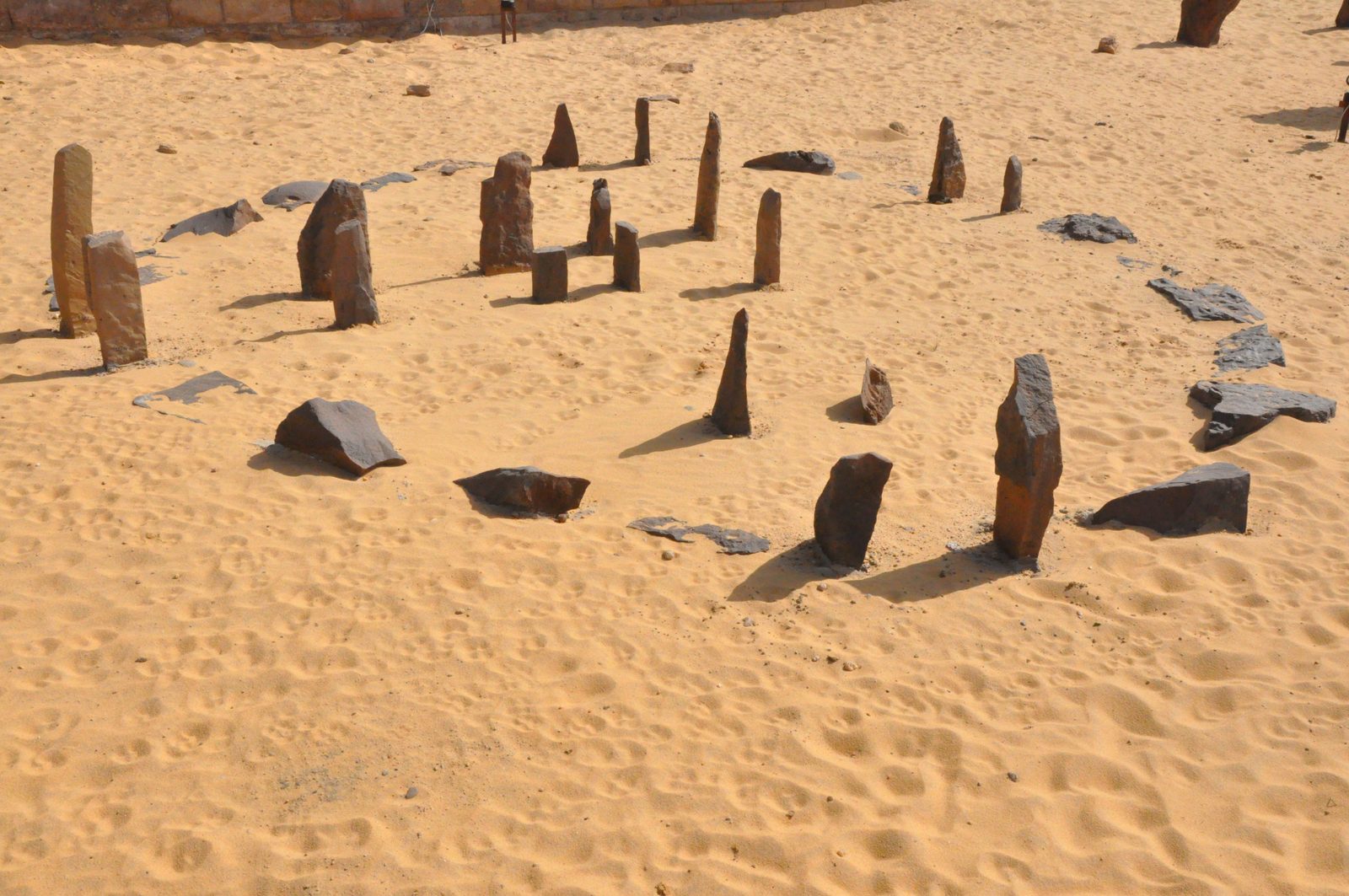
The Nabta Playa site in southern Egypt, dating to around 4800 BCE, features a megalithic stone circle considered among the oldest known astronomical devices, with alignments tracking the summer solstice sunrise and possibly the rising of select stars to predict the onset of seasonal monsoons in the once-lush Nubian Desert. This Neolithic complex, comprising upright stones arranged in a roughly 4-meter diameter circle, served as a rudimentary calendar for pastoral communities. Built by cattle herders over seven thousand years ago, this remarkable structure predates both Stonehenge and the Egyptian pyramids.
The observatory tracked the sun with shocking accuracy, demonstrating that prehistoric people possessed sophisticated astronomical knowledge. These nomadic peoples needed to predict when the seasonal rains would arrive to sustain their livestock. The stone alignments helped them anticipate the annual flooding patterns that transformed the region into fertile grassland. What makes this discovery even more astounding is that it challenges our assumptions about early African civilizations and their contributions to science.
Goseck Circle – Germany’s Ancient Solar Observatory
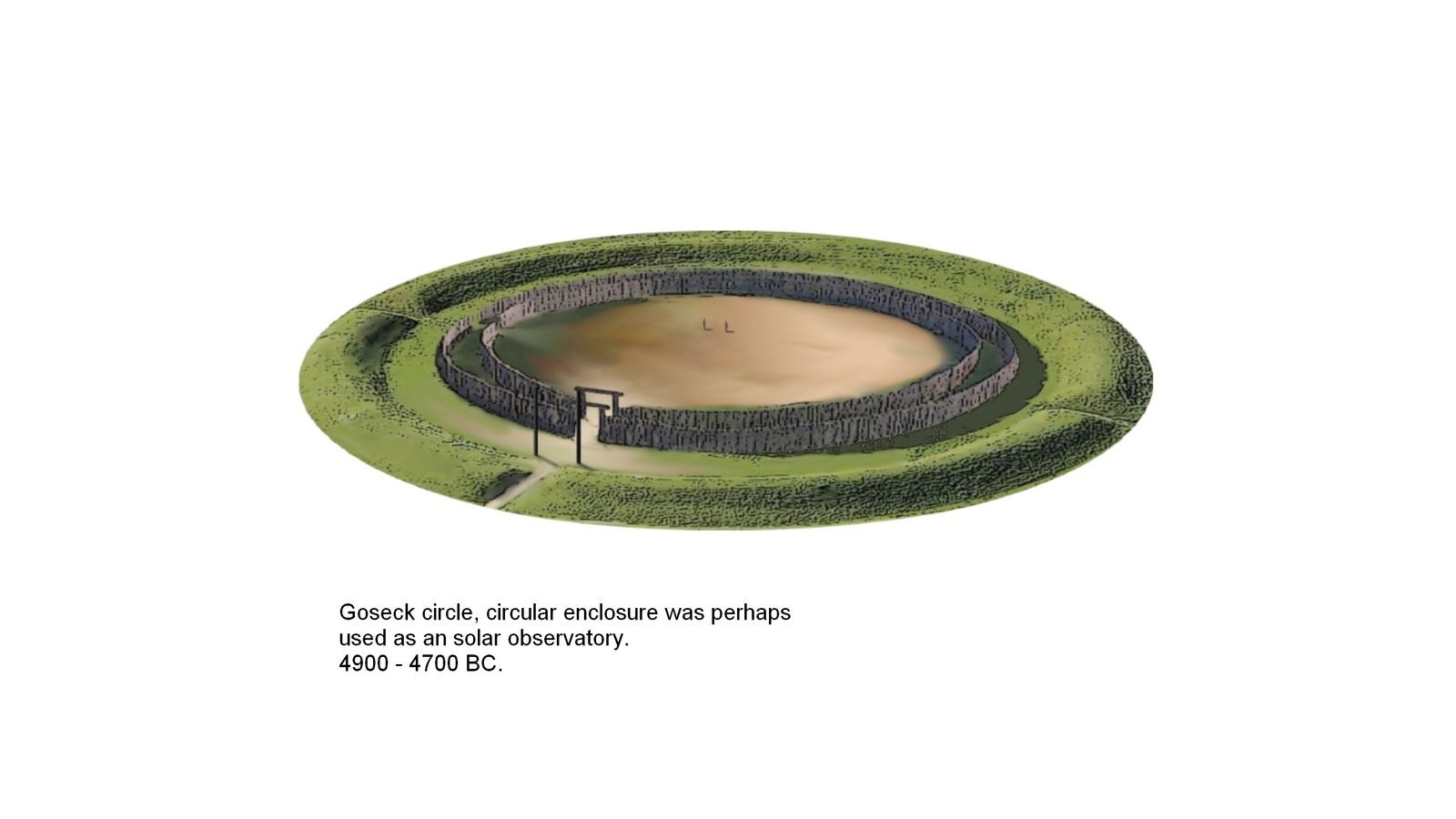
The Goseck Circle, constructed circa 4900 BCE, is a Neolithic henge enclosure with a 75-meter-wide ditch and palisade rings featuring gates precisely aligned to the winter and summer solstice sunrises and sunsets, functioning as the world’s earliest verified solar observatory. This prehistoric monument in central Germany represents humanity’s first known attempt to create a dedicated solar tracking facility. The circular structure with its carefully positioned entrances allowed ancient people to observe and predict the sun’s annual journey across the sky.
Archaeological evidence indicates it facilitated community gatherings for tracking the annual solar path. The precision of the alignments suggests that Neolithic Europeans had developed mathematical concepts thousands of years before such knowledge was thought to exist. The fact that this observatory was built roughly seven thousand years ago shows that even Stone Age peoples understood celestial mechanics well enough to engineer permanent structures for astronomical observation.
Stonehenge – Britain’s Legendary Celestial Computer
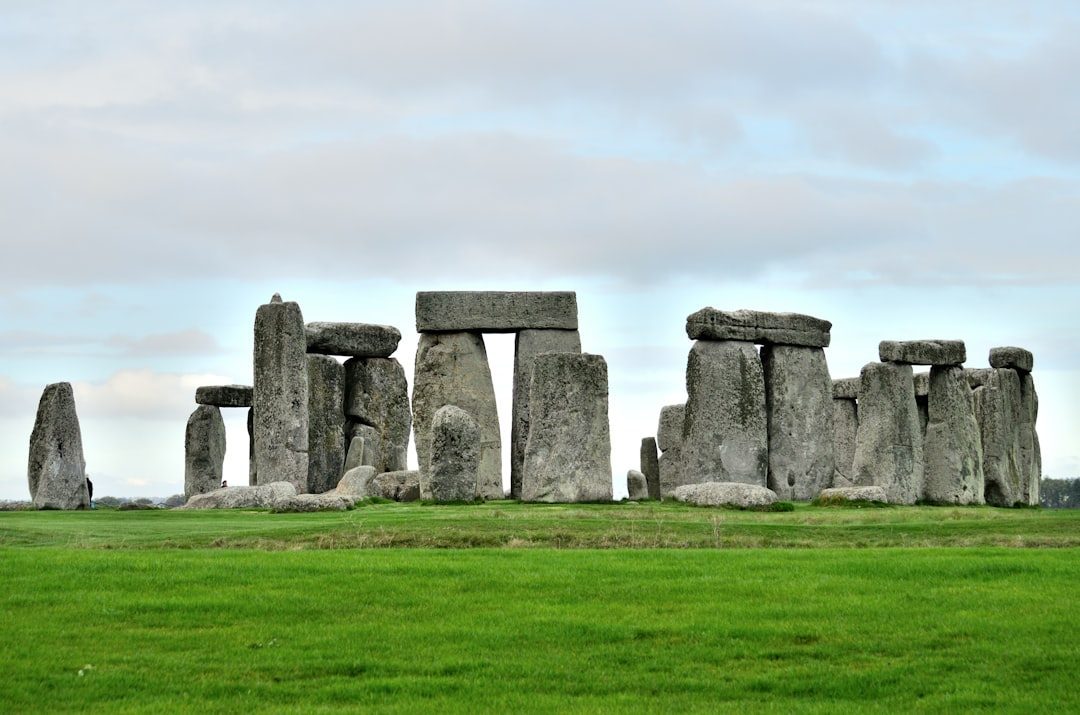
Stonehenge has an opening in the henge earthwork facing northeast, and suggestions that particular significance was placed by its builders on the solstice and equinox points have followed. The summer solstice Sun rose close to the Heel Stone, and the Sun’s first rays shone into the centre of the monument between the horseshoe arrangement. Built over multiple phases from roughly 3000 to 1520 BCE, this iconic monument demonstrates the sophisticated astronomical knowledge of Britain’s ancient inhabitants.
The purpose of Stonehenge is astronomical. It is carefully aligned so that, if one sits at the center, one has a clear view of the summer-solstice sun rising over the heel stone. Recent research suggests the builders understood complex lunar cycles and may have been able to predict eclipses. Stonehenge’s latitude is unusual in that only at this approximate latitude do the lunar and solar alignments mentioned above occur at right angles to one another. More than 50 km north or south of the latitude of Stonehenge, the station stones could not be set out as a rectangle. This suggests the location was deliberately chosen for its unique astronomical properties, making Stonehenge not just a monument but a precisely calibrated instrument.
Newgrange – Ireland’s Winter Solstice Wonder
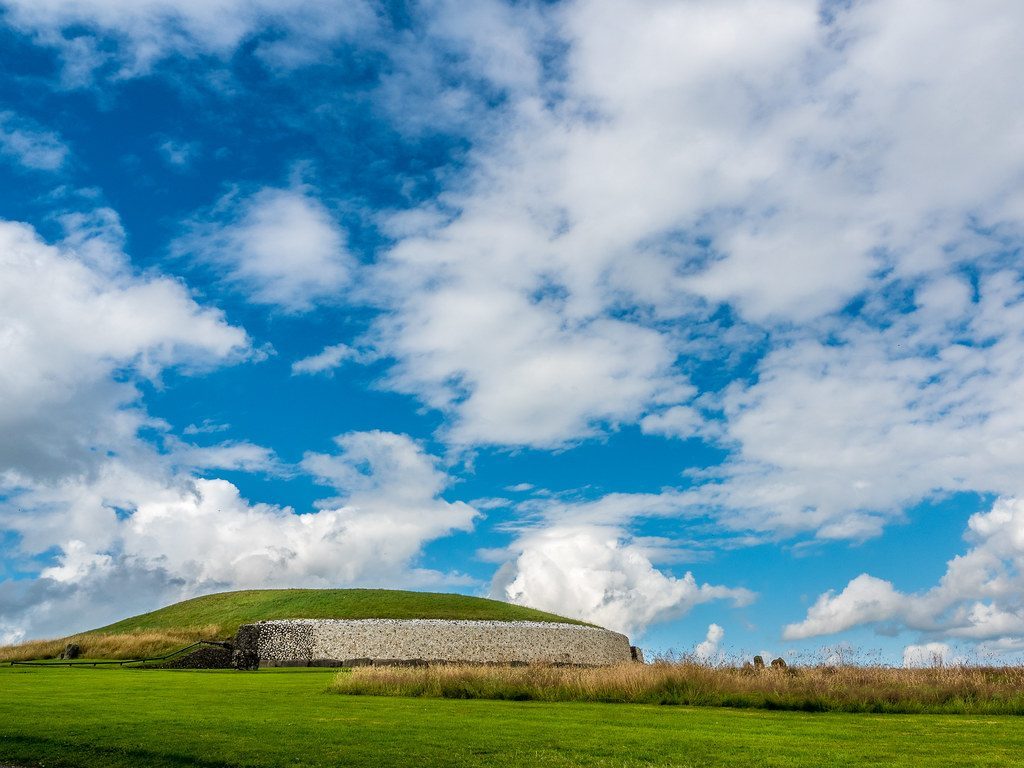
At Newgrange in Ireland, an even older structure, built around 3200 BCE, contains a narrow passageway that floods with light at dawn on the winter solstice. The alignment required precise construction and suggests a special significance associated with the return of sunlight after the darkest period of the year. This remarkable passage tomb predates both Stonehenge and the pyramids of Giza, making it one of humanity’s oldest solar observatories.
For 5 days around the winter solstice, a beam of sunlight illuminates a small room inside the mound for 17 minutes at dawn. The room holds only 20 people at a time. Every year, thousands enter a lottery, hoping to be one of the 100 people allowed to enter. The engineering precision required to create this light phenomenon after five millennia is absolutely staggering. Ancient Irish builders had to calculate the exact angle and dimensions to ensure the sunlight would penetrate the 19-meter passage and illuminate the inner chamber at precisely the right moment each year.
Chichén Itzá’s El Caracol – The Maya Sky Observatory
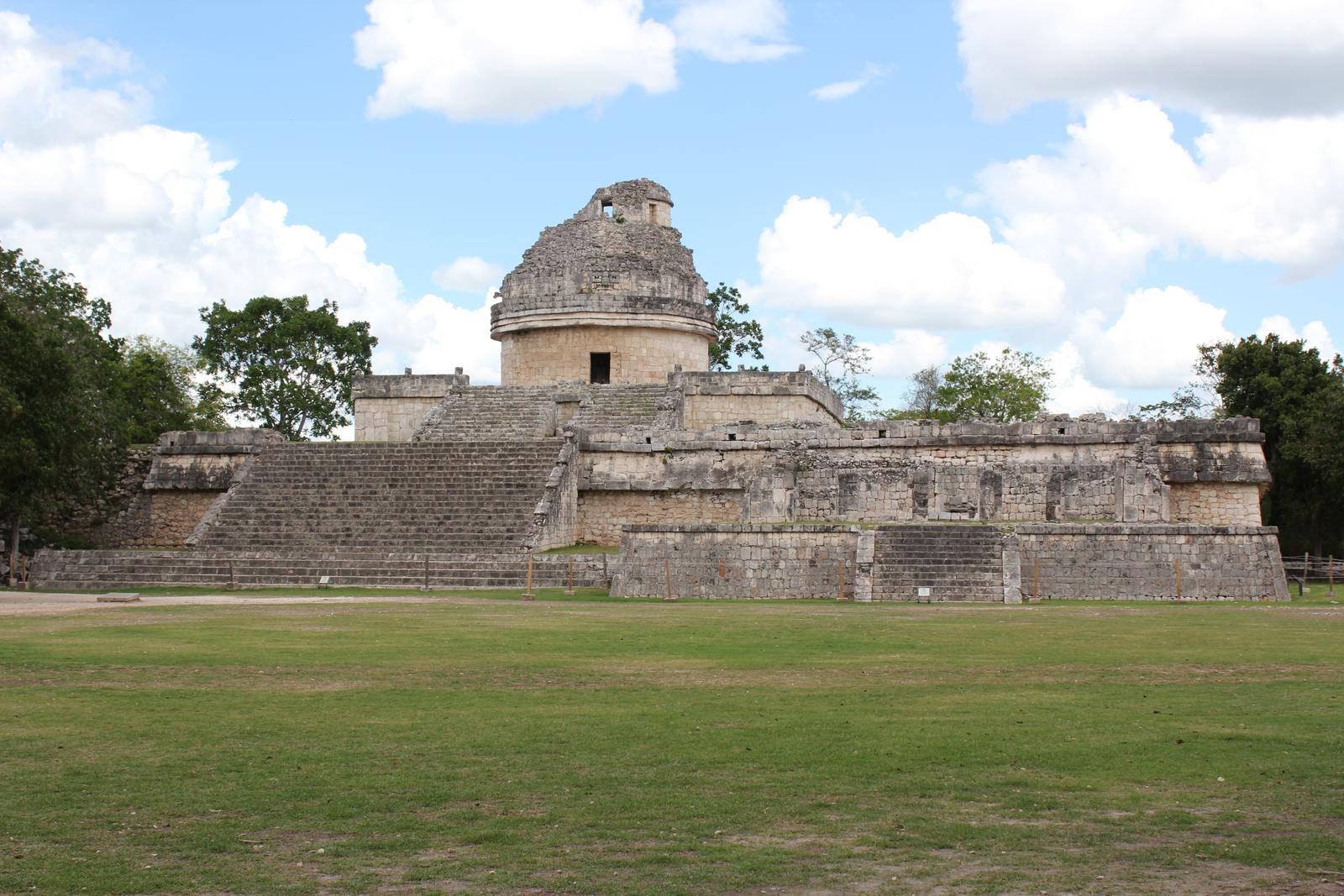
The city of Chichén Itzá contains the famous Temple of Kukulcán, also known as El Castillo. It was built by the Maya around the 9th century CE, and the temple indicates a complex knowledge of solar movement. During the spring and autumn equinoxes, shadows from the setting sun create the illusion of a serpent descending the steps of the pyramid’s northern staircase. The effect coincides with the arrival and departure of Kukulcán, a feathered serpent deity. This spectacular light show was no accident but rather a carefully engineered astronomical display.
Once archaeoastronomers learned the importance of Venus to the Maya, they evaluated the site and found that many buildings aligned with the planet’s rising or setting. The Maya tracked Venus with extraordinary precision, understanding its 584-day cycle better than many modern people understand basic astronomy. The number of steps – 91 on each of the four sides plus the top platform – totals 365, the number of days in a solar year. The pyramid thus becomes a timekeeper, an echo of the cosmos frozen in limestone. Every architectural element served both religious and scientific purposes.
Maragheh Observatory – Persia’s Medieval Marvel
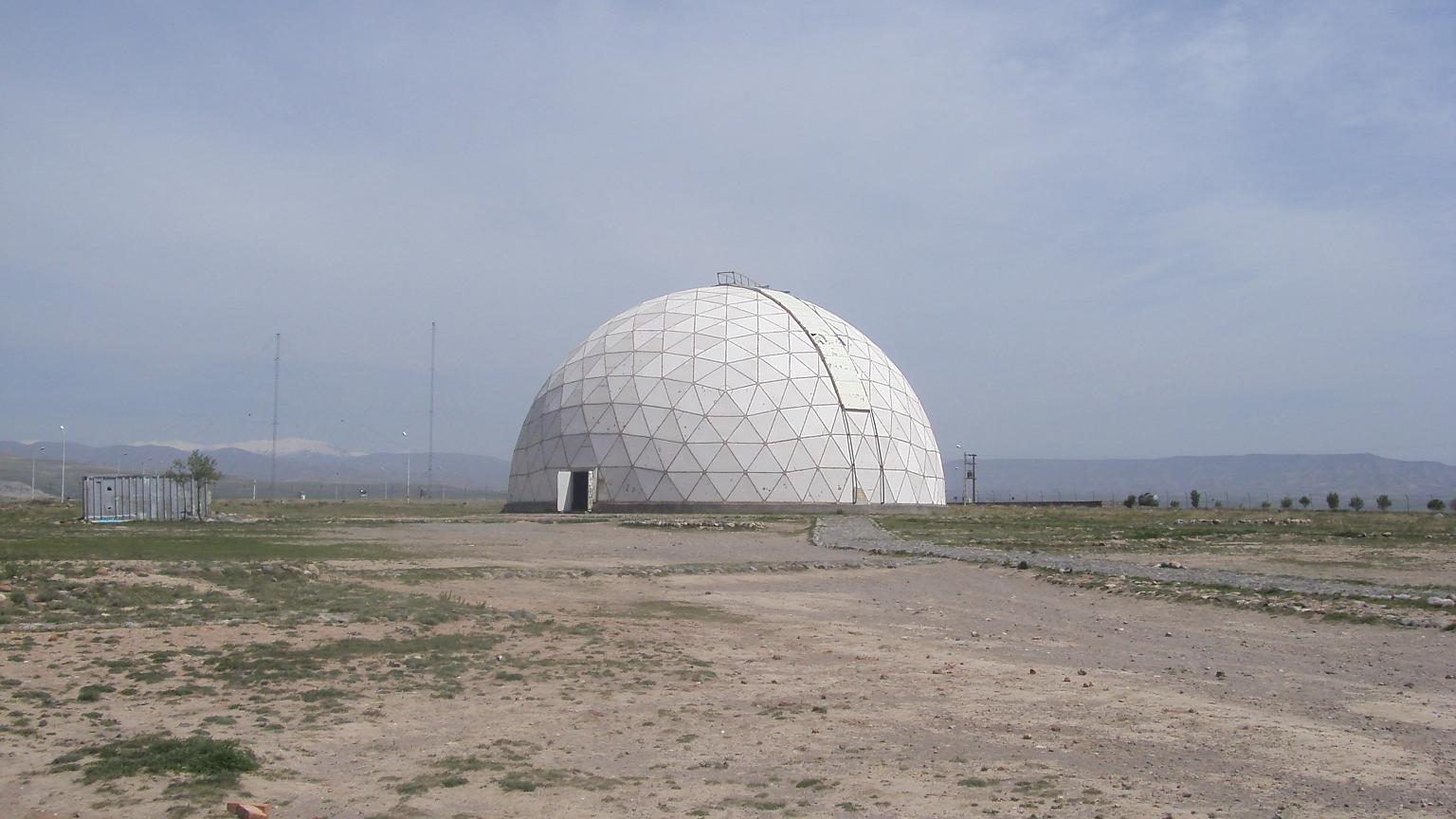
The Maragheh observatory was an astronomical observatory established in the mid 13th century under the patronage of the Ilkhanid Hulagu and the directorship of Nasir al-Din al-Tusi, a Persian scientist and astronomer. It was considered one of the most advanced scientific institutions in Eurasia because it was a center for many groundbreaking calculations in mathematics and astronomy. It housed a large collection of astronomical instruments and books and it served as an educational institution. Built around 1259 CE in what is now Iran, this observatory revolutionized astronomical research in the Islamic world.
Scholars and students of mathematics, science, and astronomy came to the Maragheh Observatory from across the Islamic world and up to the eastern borders of China. At the time, the Maragheh Observatory was the first observatory to outlive its founder, remaining active for more than 50 years, with over a hundred astronomers conducting research in the facility during its lifespan. The scholars here developed new mathematical models that would later influence Copernicus and European astronomy. Nasir al-Din al-Tusi resolved significant problems in the Ptolemaic system with the Tusi-couple, which later played an important role in the Copernican model. The “Maragha Revolution” refers to the Maragheh school’s revolution against Ptolemaic astronomy.
Ulugh Beg Observatory – Samarkand’s Star Catalog Creator

Located near the city of Samarkand in present-day Uzbekistan, Ulugh Beg Observatory was built in the 1420s by the Timurid ruler Ulugh Beg, grandson of emperor Timur the Lame (Tamerlane). It was considered by scholars to have been one of the finest observatories in the Islamic world at the time and the largest in Central Asia. Ulugh Beg was subsequently recognized as the most important observational astronomer from the 15th century by many scholars. This remarkable facility represented the pinnacle of medieval Islamic astronomy.
The main instrument, which remains mostly intact, was a monumental meridian arc, now called the Fakhrī sextant. Perhaps Ulugh Beg’s greatest achievement, though, was a star catalogue containing 994 stars and their locations in the night sky. Compiled almost 200 years before the advent of telescopes, the remarkably thorough catalog almost perished with the observatory. Ulugh Beg’s astronomers were able to more accurately determine the obliquity of the ecliptic. Their value – 23.52 degrees – was more accurate than Copernicus or Tycho Brahe’s value centuries later. This extraordinary precision demonstrates how advanced Islamic astronomy had become by the 15th century.
Machu Picchu’s Intihuatana Stone – The Inca Sun Tracker

One of Machu Picchu’s primary functions was that of astronomical observatory. The Intihuatana stone (meaning ‘Hitching Post of the Sun’) has been shown to be a precise indicator of the date of the two equinoxes and other significant celestial periods. Built by the Inca in the 15th century, this mountain citadel in Peru served multiple purposes, with astronomy being central to its design and function.
There is a giant stone at the top of this sacred mountain called Intihuatana, which means “place to tie up the sun.” The stone is perfectly positioned so that each corner sits at the four cardinal points and at an angle of about 13 degrees northward. Usually, the stone casts a shadow throughout the day, but at exactly noon on the spring or fall equinox date, the Sun’s shadow disappears! Therefore, the stone is a precise indicator of the date of the two equinoxes. This vanishing shadow effect required incredible precision in both positioning and carving the stone to achieve such perfect astronomical alignment.
These eight ancient observatories reveal that our ancestors possessed far more sophisticated scientific knowledge than previously imagined. From the prehistoric stone circles of Africa and Europe to the advanced Islamic observatories of the medieval period, early civilizations demonstrated remarkable understanding of celestial mechanics.
These monuments weren’t just religious sites or impressive architecture – they were functioning scientific instruments that enabled ancient peoples to track time, predict seasonal changes, and understand their place in the cosmos. The precision of these observations, achieved without modern instruments, showcases humanity’s enduring fascination with the stars and our remarkable ability to decode the patterns of the universe. What do you think motivated these ancient astronomers to invest such enormous effort in tracking the sky? Share your thoughts in the comments.

Hi, I’m Andrew, and I come from India. Experienced content specialist with a passion for writing. My forte includes health and wellness, Travel, Animals, and Nature. A nature nomad, I am obsessed with mountains and love high-altitude trekking. I have been on several Himalayan treks in India including the Everest Base Camp in Nepal, a profound experience.

